This solid-tyred, twin-cylinder, “concave dog cart” is a true horseless carriage with many features in common with the contemporary Daimlers, which were products of the same factory in Coventry. With a sliding gear transmission giving four speeds in both directions and chain final drive, the MMC boasts an impressive Salisbury “Flario” acetylene headlamp on a gate-type mounting that can be swung aside to allow the car to be crank-started. A fitting typical of the period is a sprag controlled from the driver’s seat to supplement the side brakes on hills. The MMC was rescued from a scrapheap in 1930 by Edmund Gonville Bromhead of Birmingham and took part in that year’s London-Brighton Veteran Car Run as an “1898” car. It finished the run at an average speed of 14.56 mph. Mr Bromhead entered it – this time as an 1897 car – for the 1932 Brighton Run. It passed to another Birmingham enthusiast, Frank Ernest Howland, who entered it for the 1933-34 Runs. In 1935 it was bought by William Henry Davis of Chatham in Kent, who drove it in the Brighton Runs of 1936 and 1937. It was bought by George Milligen for the then-considerable price of £100 in 1945. He entered it in the Brighton Run in 1948. Remarkably, the second time that George Milligen entered his MMC for the Brighton Run was in the centenary year of 1996, when the combined ages of car and driver totalled 182 years; sadly, he failed to finish. George’s nephew who was on the Run with him recalls “There was a recurring magneto timing problem which we could not sort and we arrived ignominiously on the back of an RAC truck much to George’s anger. ‘I am so vexed,’ he told me. ‘When the MMC came back to the farm Stewart (the farm manager and a highly able motor engineer) fixed the problem in minutes.’” With careful re-commissioning, this impressive “primitive” will again be an enviable mount for the London to Brighton Veteran Car Run. This MMC bears one of the earliest Coventry registrations issued under the 1904 Motor Car Act, George Milligen having found the original number plates under the floorboards during the restoration. In 1997 the car was dated as 1900 by the Veteran Car Club, for this MMC has wheel steering and side control levers, a pattern not available until early that year. Milligen’s notes indicate that the car was recommissioned in 1903, when a more fashionable Panhard-type bonnet and gilled-tube radiator were fitted. The original hot-tube ignition has been replaced by a magneto and spark plugs, while an electric fuel pump and SU carburettor take the place of the exhaust pressure-fed surface carburettor. That notorious Victorian company promotor Harry J. Lawson set up the Motor Manufacturing Company to succeed his impressively named Great Horseless Carriage Company, which went into liquidation in January 1898. The company shared Coventry’s famous “Motor Mills” with the Daimler Motor Company, which Lawson had incorporated on 14 January 1896. Initially, MMC provided the bodywork while Daimler made the engines and chassis. The late H.P.Small, who served his apprenticeship with the Motor Manufacturing Company, recalled that MMC occupied the larger part of the Motor Mills, with Daimler in a smaller building at the rear. The relationship between the two companies was an uneasy one, and they quickly grew apart. MMC’s works manager George Iden had been a foreman on the London, Brighton & South Coast Railway, and he soon put his own stamp on the company’s products. He was a firm believer in the use of automatic machine tools, like the automatic gear-cutting machines which could turn out eight gear-wheels at once. “One man can supervise the running of six of these machines,” remarked Motoring Illustrated, “an item of great consideration in these days of excessive cost of production, high wages and dear fuel.” Indeed, declared the magazine, “to go down to Coventry without taking a run over the Motor Mills of the Motor Manufacturing Company would be like paying a visit to Paris with
This solid-tyred, twin-cylinder, “concave dog cart” is a true horseless carriage with many features in common with the contemporary Daimlers, which were products of the same factory in Coventry. With a sliding gear transmission giving four speeds in both directions and chain final drive, the MMC boasts an impressive Salisbury “Flario” acetylene headlamp on a gate-type mounting that can be swung aside to allow the car to be crank-started. A fitting typical of the period is a sprag controlled from the driver’s seat to supplement the side brakes on hills. The MMC was rescued from a scrapheap in 1930 by Edmund Gonville Bromhead of Birmingham and took part in that year’s London-Brighton Veteran Car Run as an “1898” car. It finished the run at an average speed of 14.56 mph. Mr Bromhead entered it – this time as an 1897 car – for the 1932 Brighton Run. It passed to another Birmingham enthusiast, Frank Ernest Howland, who entered it for the 1933-34 Runs. In 1935 it was bought by William Henry Davis of Chatham in Kent, who drove it in the Brighton Runs of 1936 and 1937. It was bought by George Milligen for the then-considerable price of £100 in 1945. He entered it in the Brighton Run in 1948. Remarkably, the second time that George Milligen entered his MMC for the Brighton Run was in the centenary year of 1996, when the combined ages of car and driver totalled 182 years; sadly, he failed to finish. George’s nephew who was on the Run with him recalls “There was a recurring magneto timing problem which we could not sort and we arrived ignominiously on the back of an RAC truck much to George’s anger. ‘I am so vexed,’ he told me. ‘When the MMC came back to the farm Stewart (the farm manager and a highly able motor engineer) fixed the problem in minutes.’” With careful re-commissioning, this impressive “primitive” will again be an enviable mount for the London to Brighton Veteran Car Run. This MMC bears one of the earliest Coventry registrations issued under the 1904 Motor Car Act, George Milligen having found the original number plates under the floorboards during the restoration. In 1997 the car was dated as 1900 by the Veteran Car Club, for this MMC has wheel steering and side control levers, a pattern not available until early that year. Milligen’s notes indicate that the car was recommissioned in 1903, when a more fashionable Panhard-type bonnet and gilled-tube radiator were fitted. The original hot-tube ignition has been replaced by a magneto and spark plugs, while an electric fuel pump and SU carburettor take the place of the exhaust pressure-fed surface carburettor. That notorious Victorian company promotor Harry J. Lawson set up the Motor Manufacturing Company to succeed his impressively named Great Horseless Carriage Company, which went into liquidation in January 1898. The company shared Coventry’s famous “Motor Mills” with the Daimler Motor Company, which Lawson had incorporated on 14 January 1896. Initially, MMC provided the bodywork while Daimler made the engines and chassis. The late H.P.Small, who served his apprenticeship with the Motor Manufacturing Company, recalled that MMC occupied the larger part of the Motor Mills, with Daimler in a smaller building at the rear. The relationship between the two companies was an uneasy one, and they quickly grew apart. MMC’s works manager George Iden had been a foreman on the London, Brighton & South Coast Railway, and he soon put his own stamp on the company’s products. He was a firm believer in the use of automatic machine tools, like the automatic gear-cutting machines which could turn out eight gear-wheels at once. “One man can supervise the running of six of these machines,” remarked Motoring Illustrated, “an item of great consideration in these days of excessive cost of production, high wages and dear fuel.” Indeed, declared the magazine, “to go down to Coventry without taking a run over the Motor Mills of the Motor Manufacturing Company would be like paying a visit to Paris with
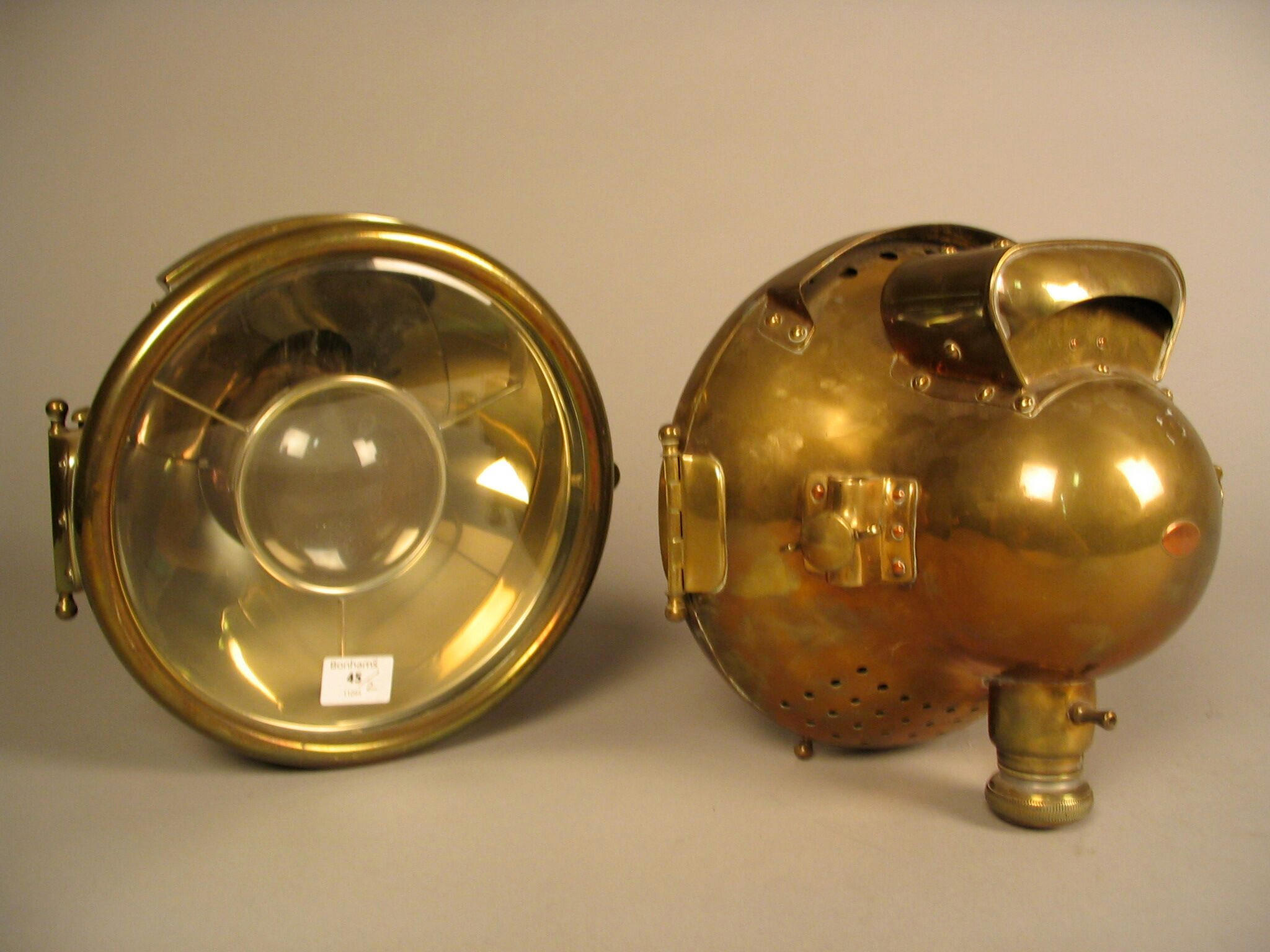

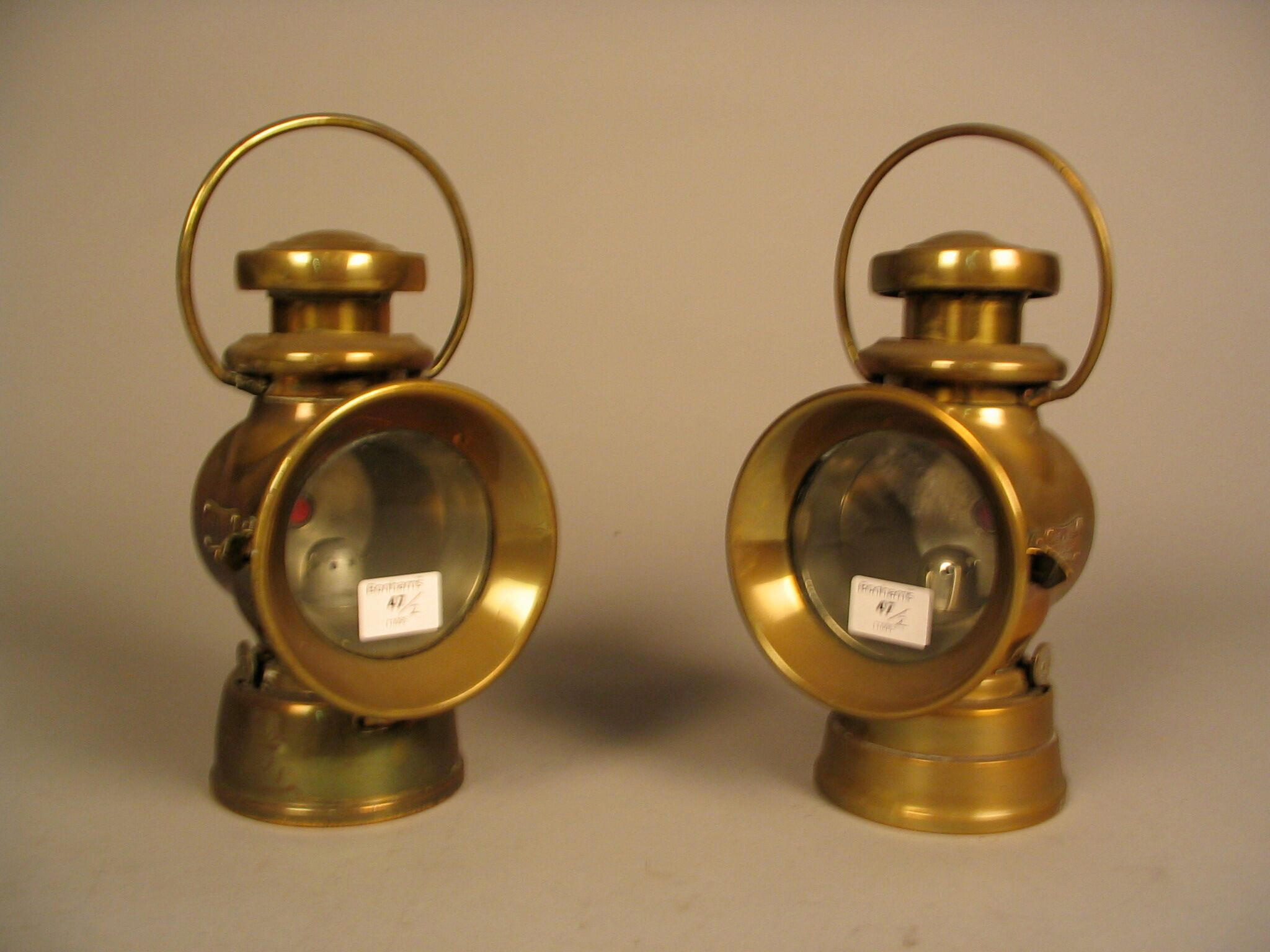
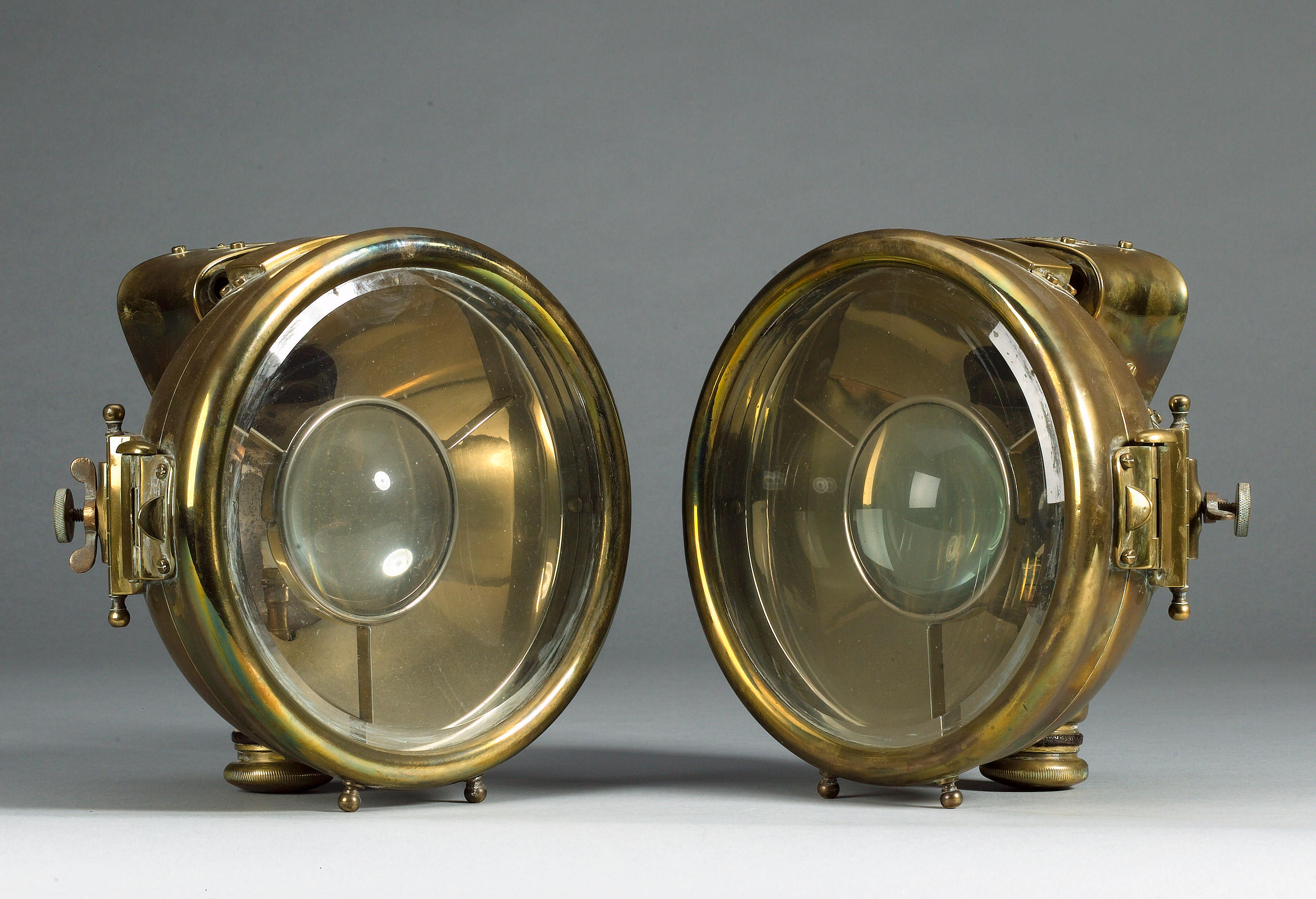
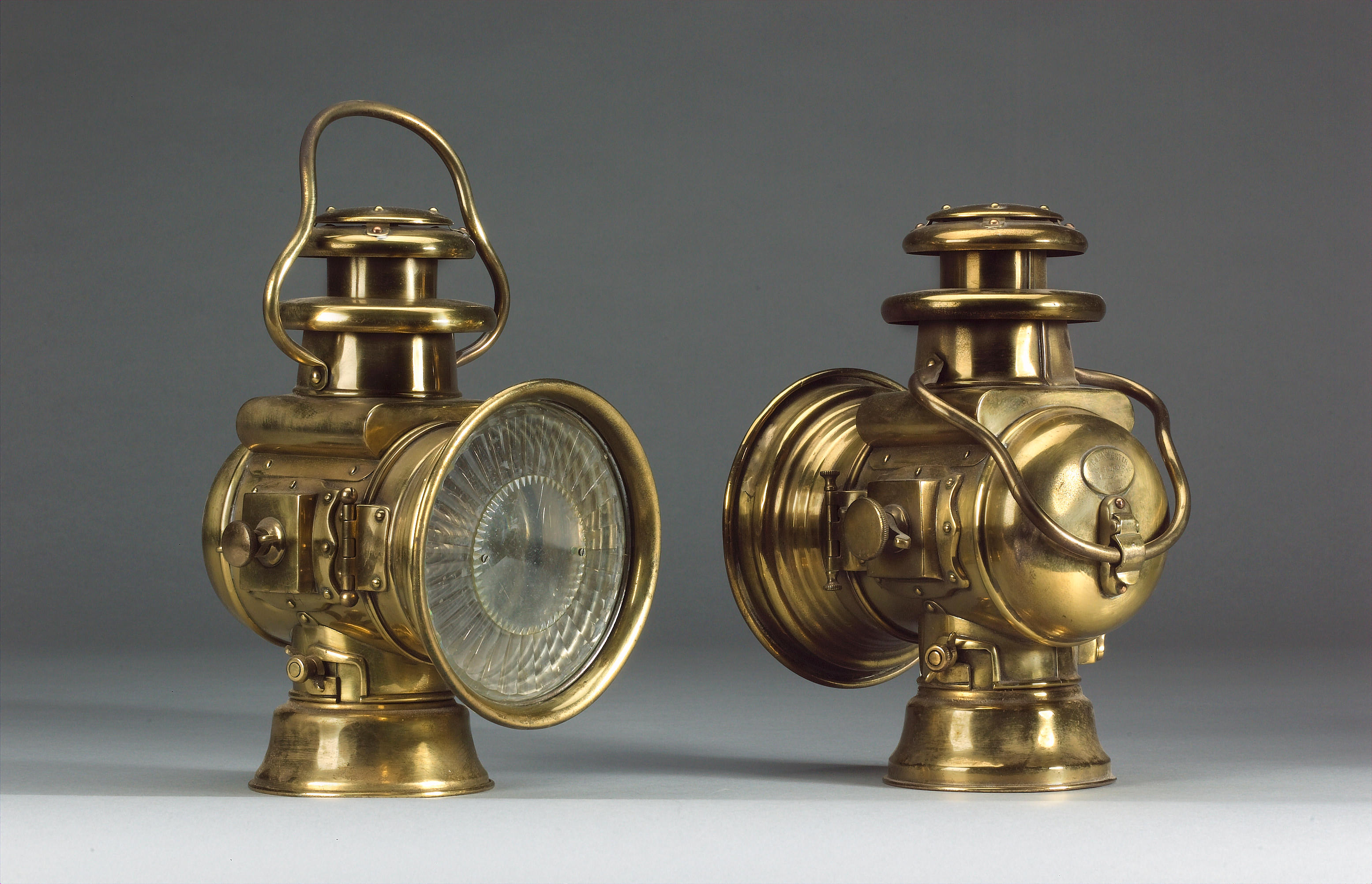
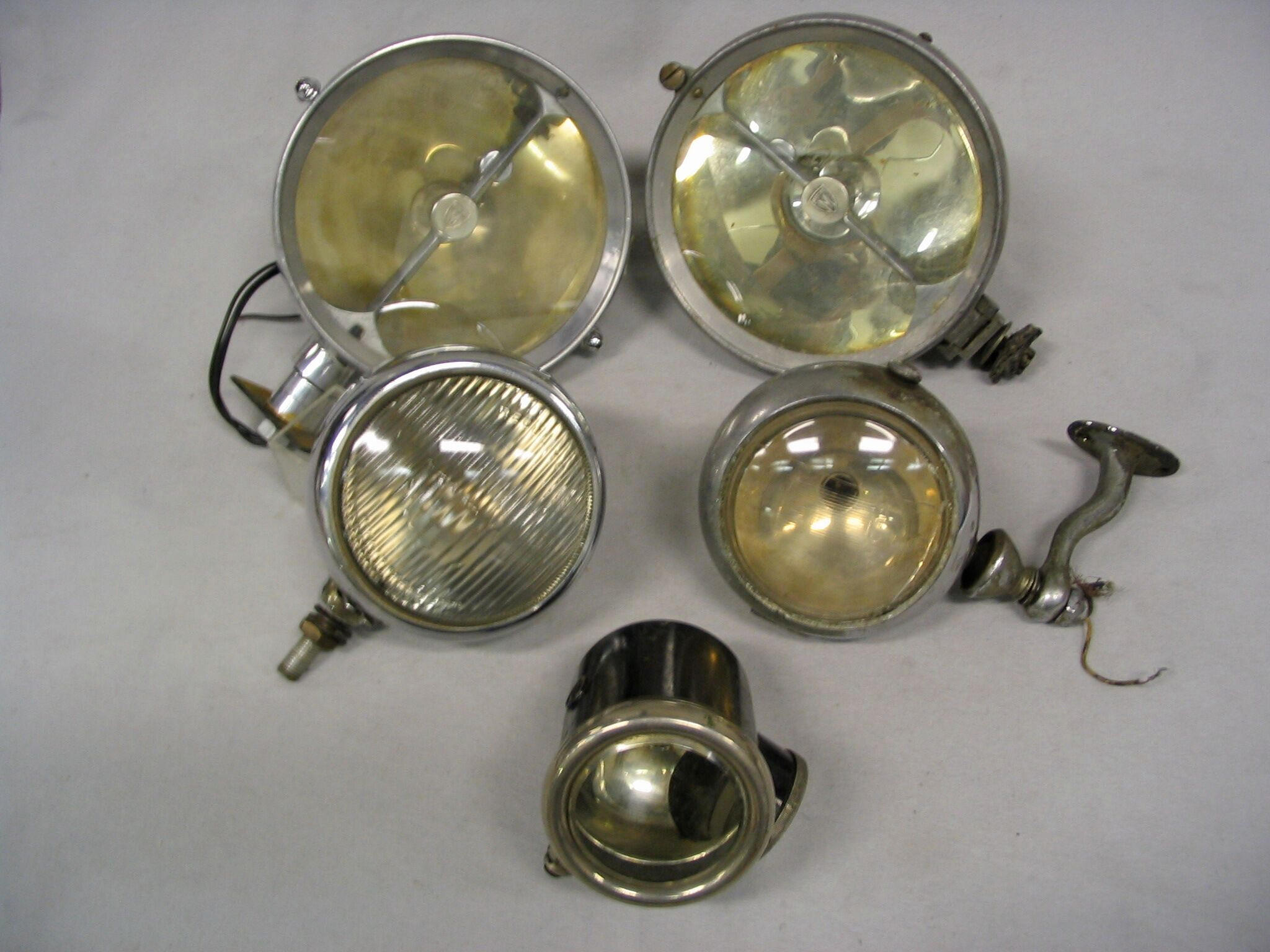
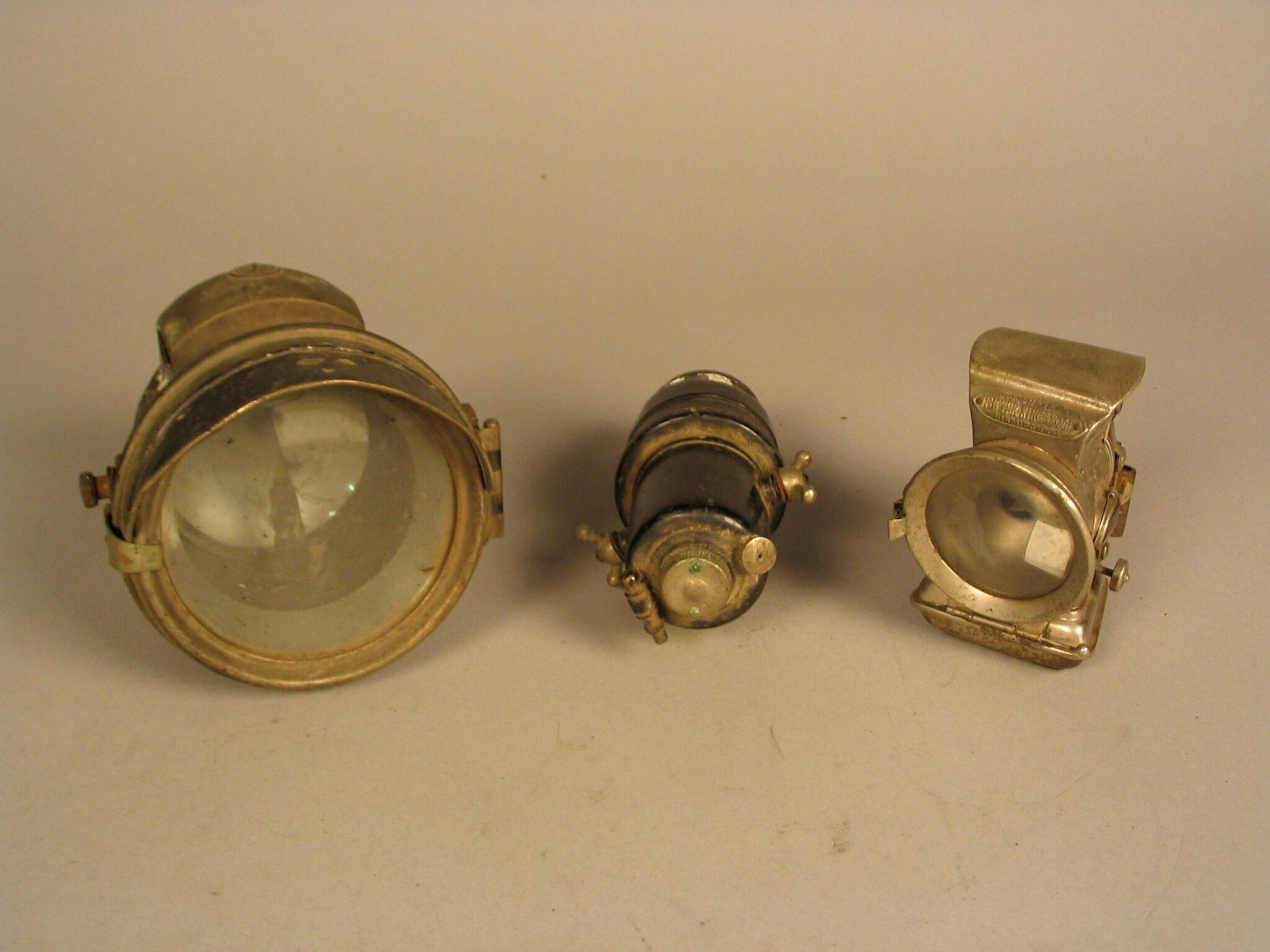
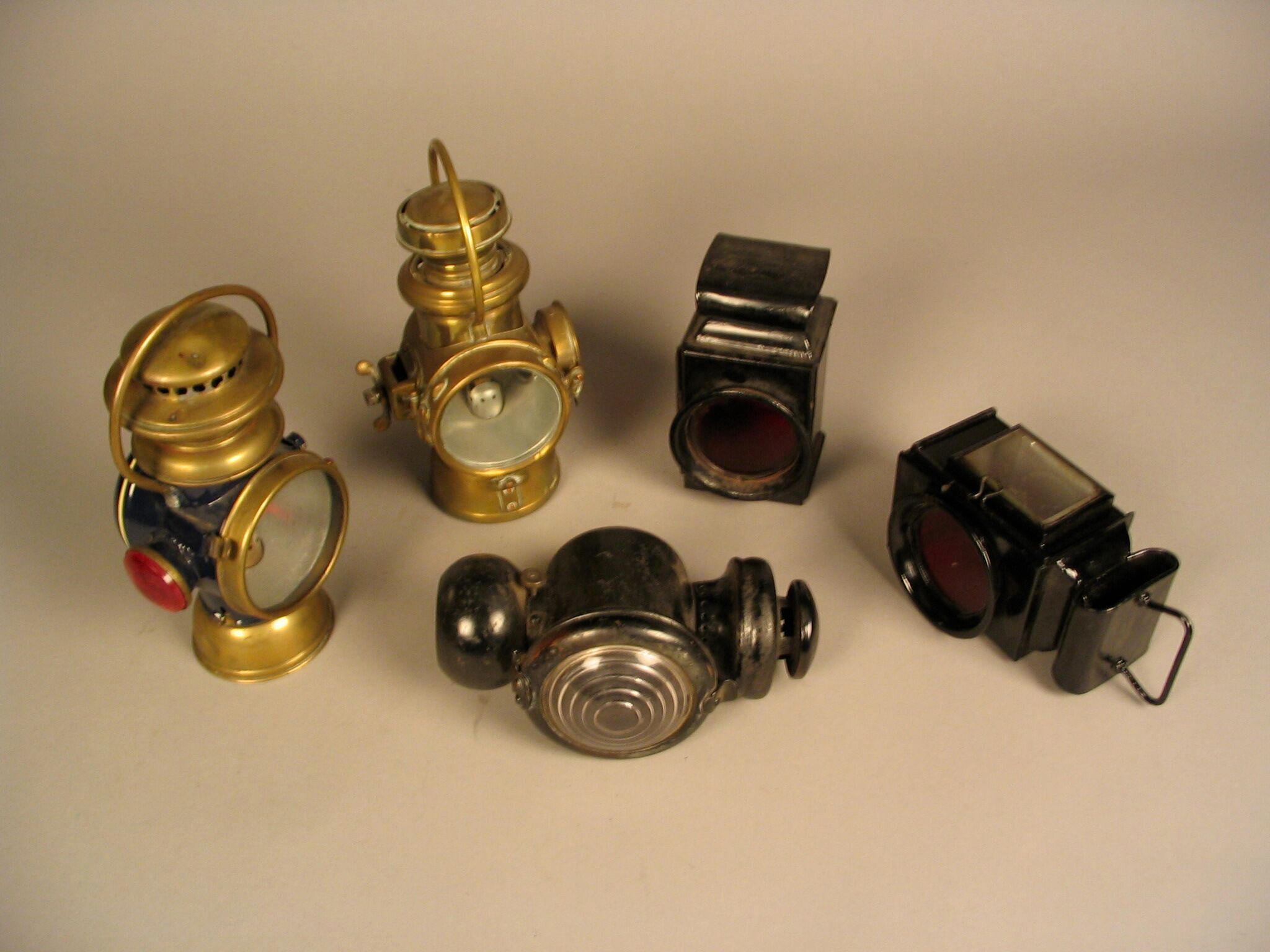
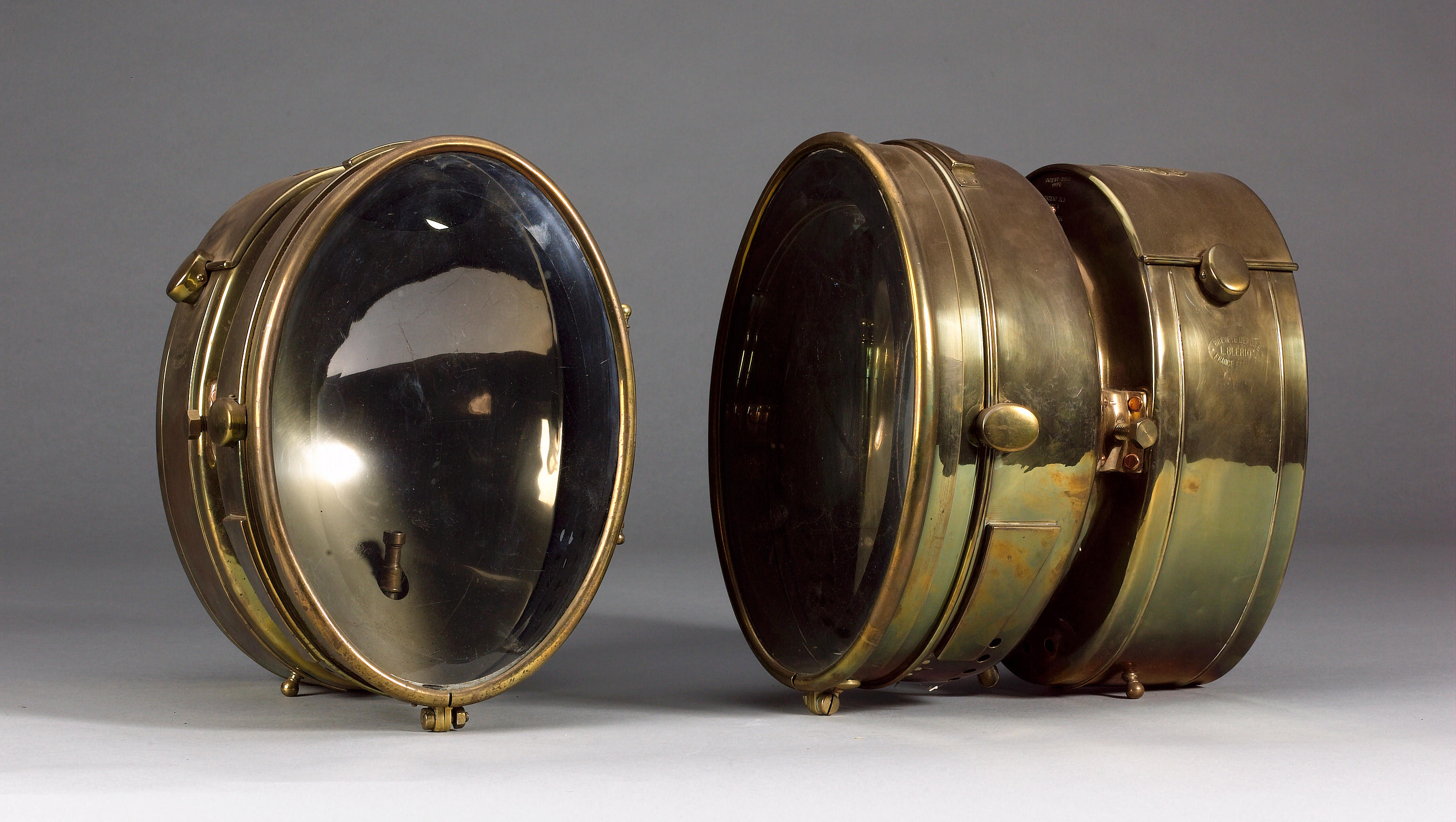
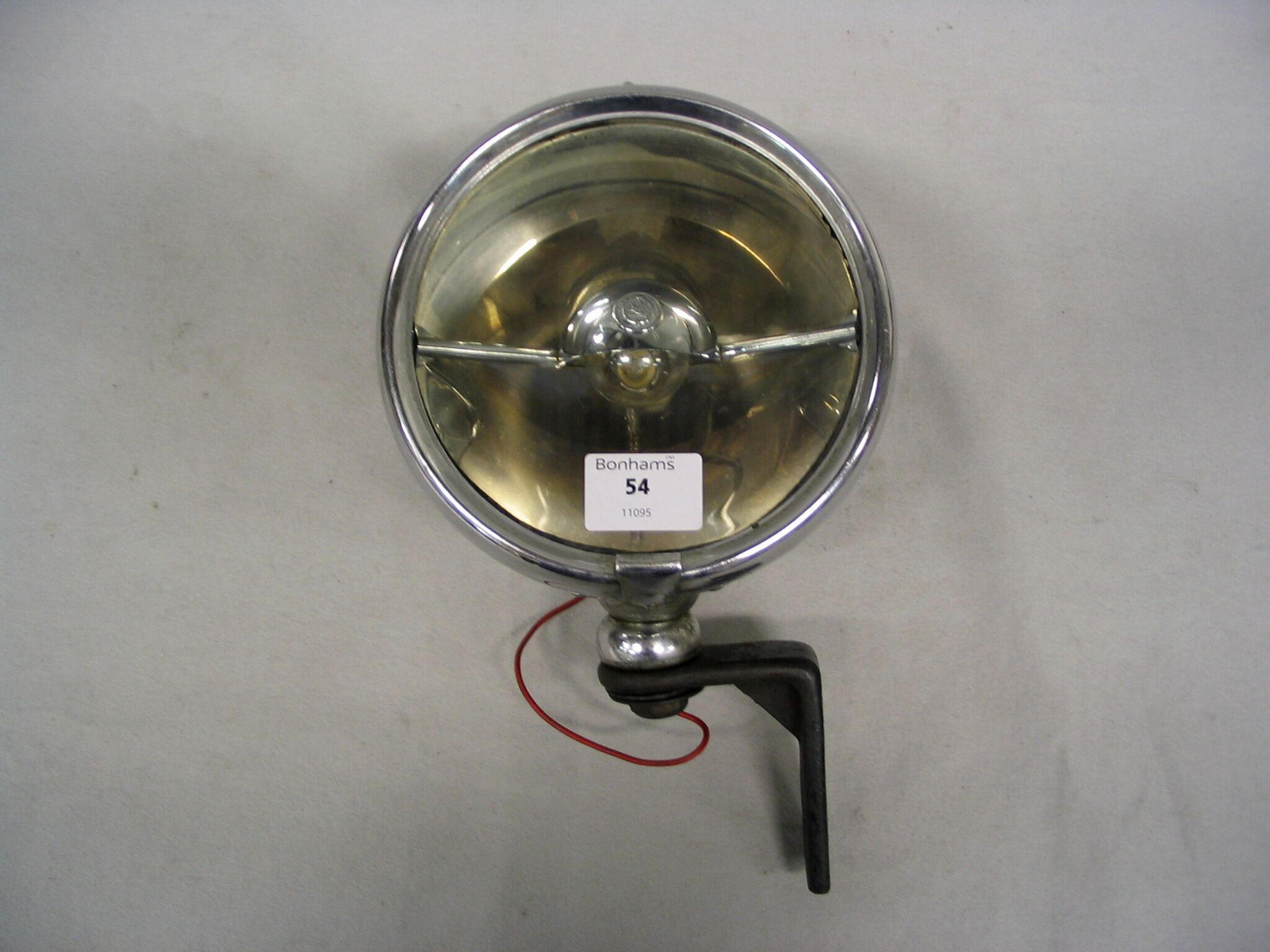

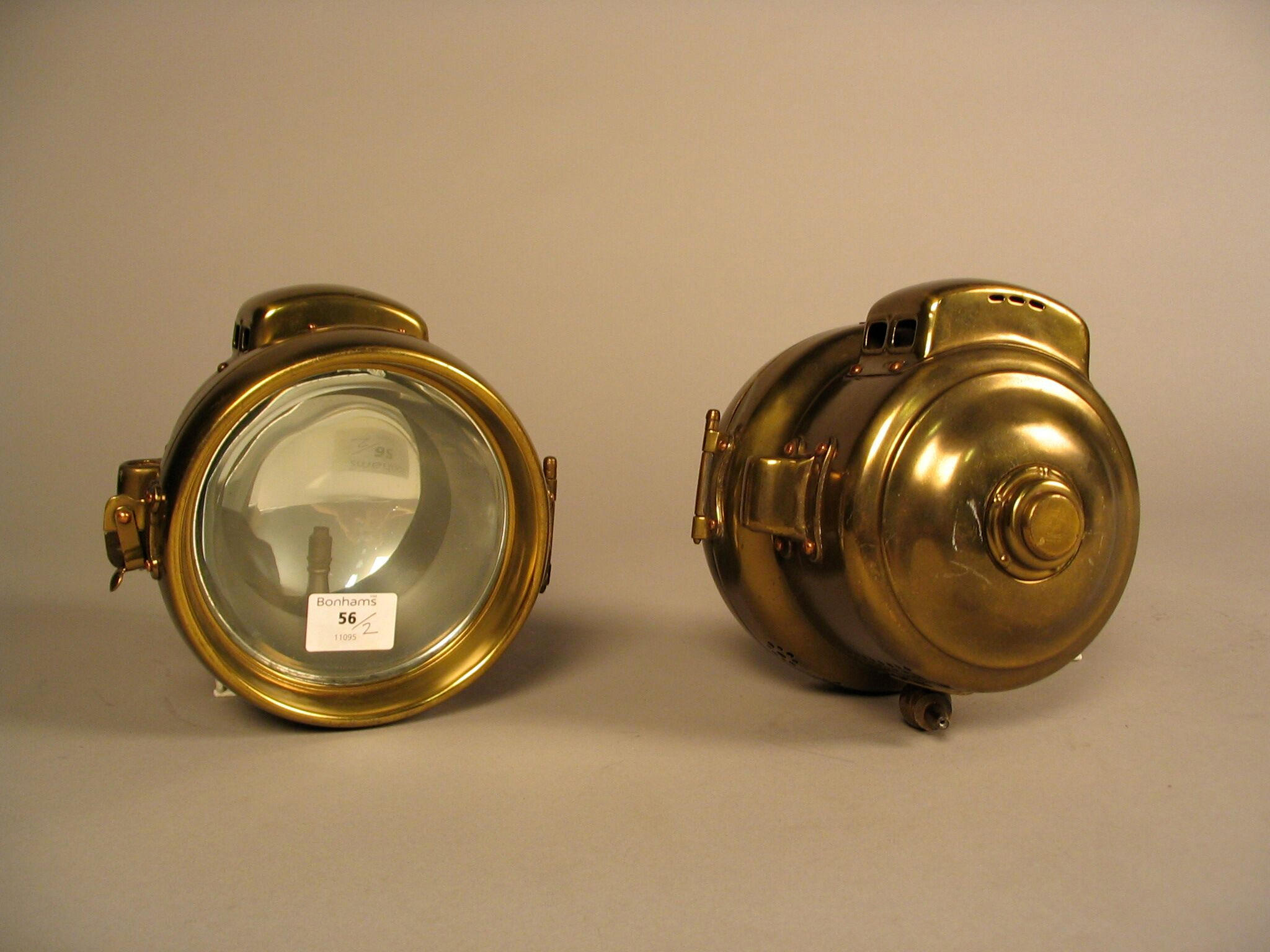
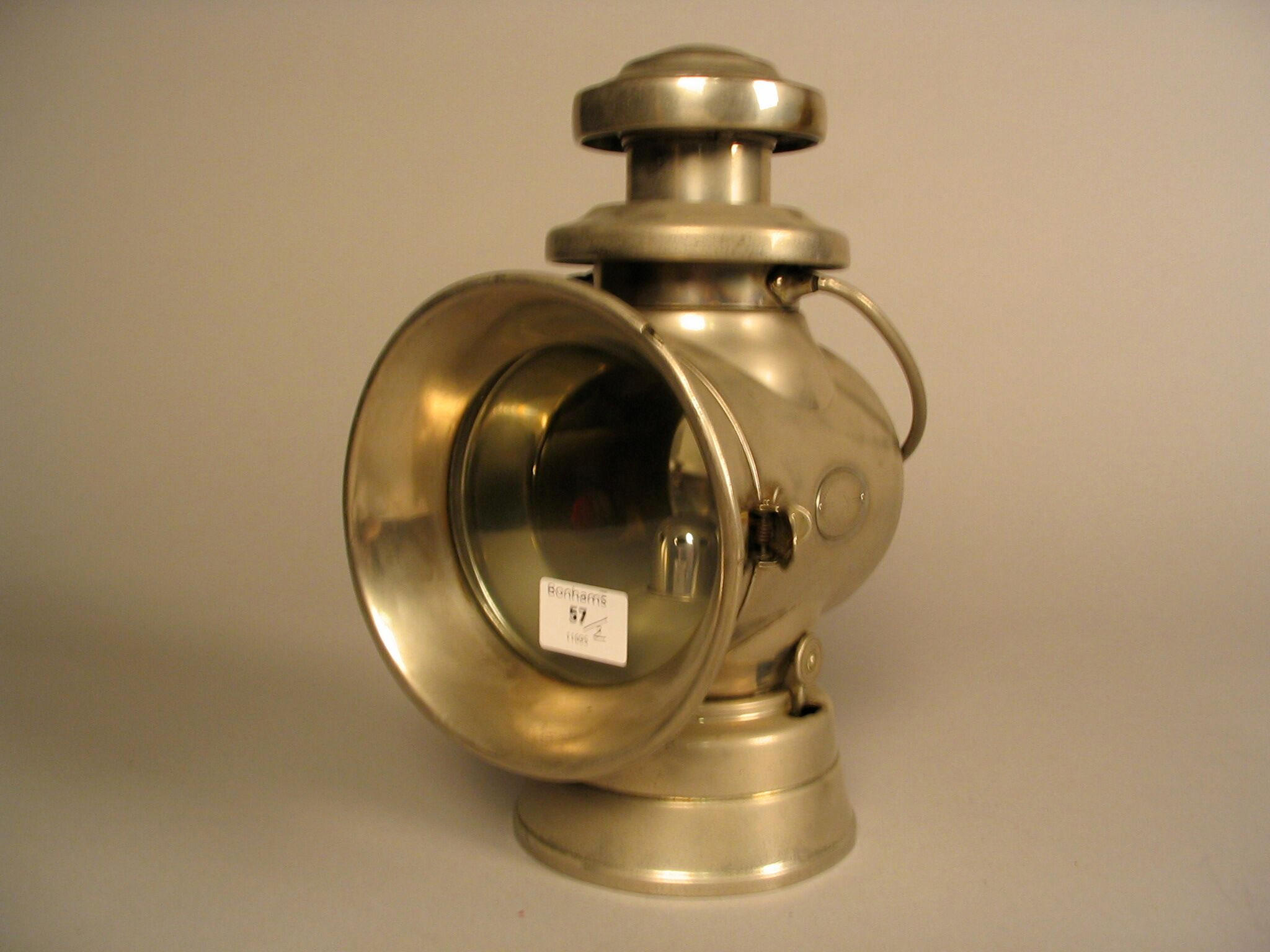
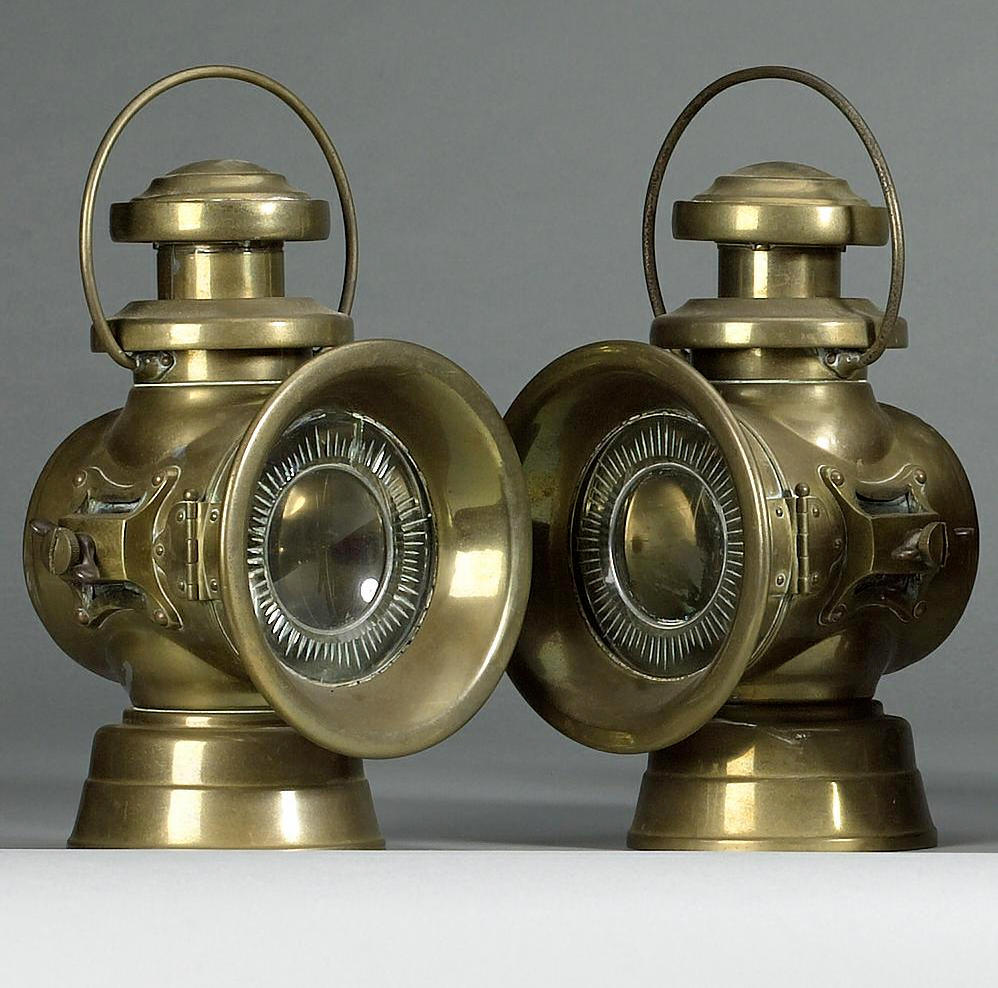
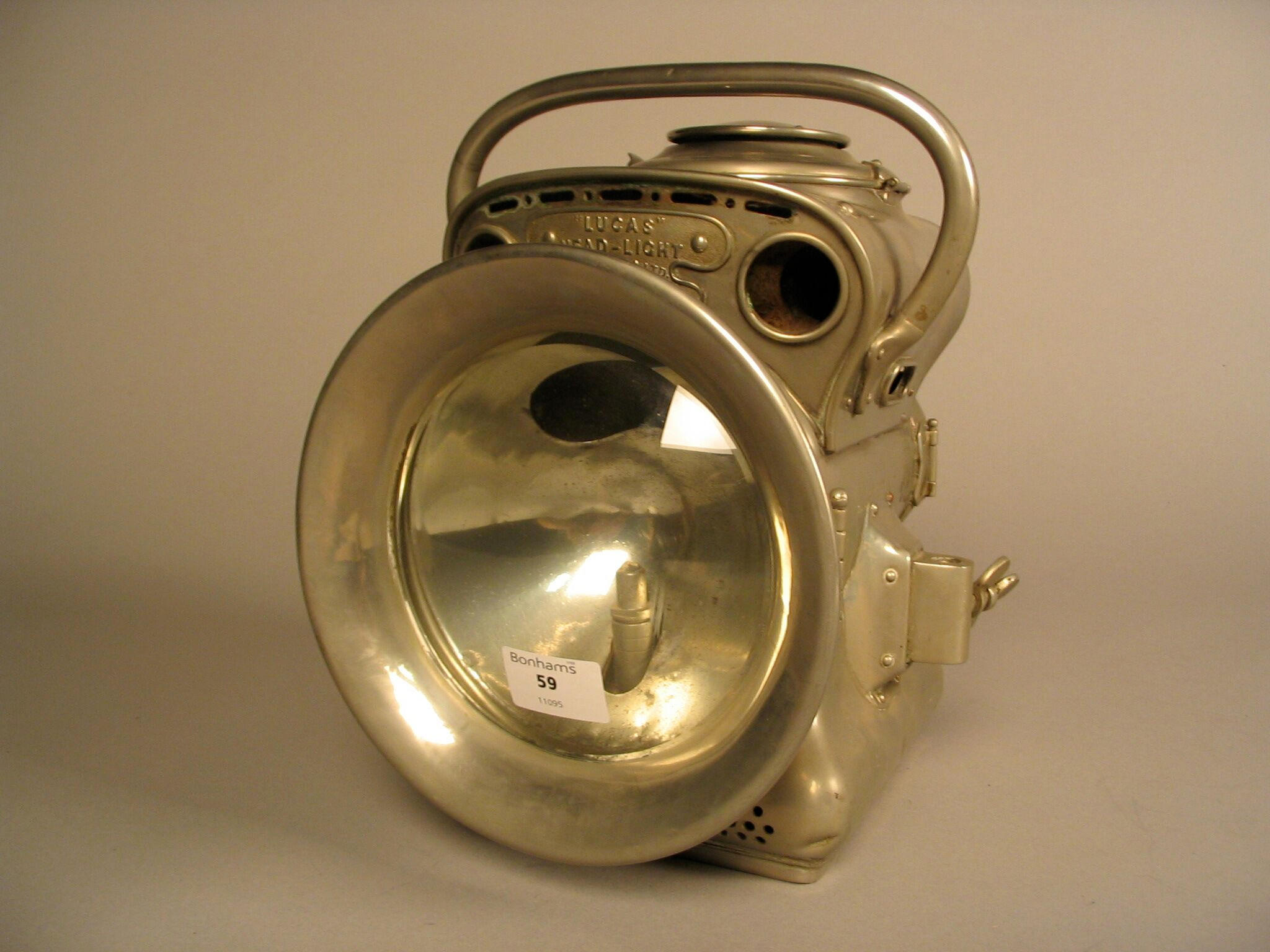
Try LotSearch and its premium features for 7 days - without any costs!
Be notified automatically about new items in upcoming auctions.
Create an alert